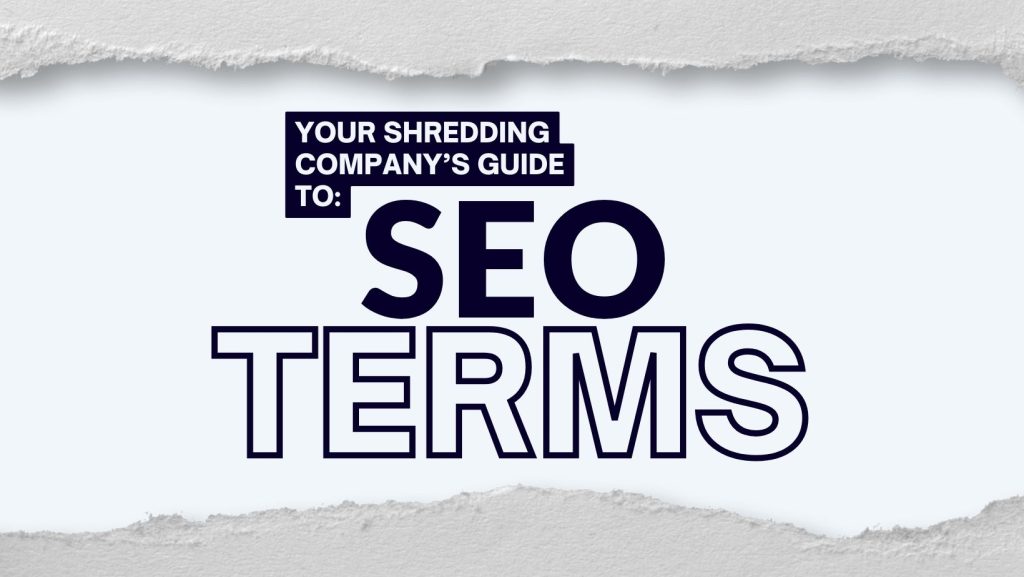Have you ever wondered how or why websites work the way they do? With the rapid growth of the internet is there even time to really think about it. Ultimately, basic websites work as a result of two major front end languages. HyperText Markup Language (HTML) and Cascading Style Sheets (CSS) are the fundamental languages that all programmers must know in order to develop the beautiful web today.
HyperText Markup Language or HTML is the main language that develops the structure or content of any website. Without it, every website would literally be a blank page with no content and no structure (not very good for SEO). Simply put, HTML is formed by a series of tags which categorize how elements on the site should be displayed. For example, “<p>” “</p>” opens and closes a paragraph on the website, with the “<p>” as the opening tag and the “</p>” as the closing tag. These tags do not display on the page, but instead work in the background to allow developers to provide styles to the website using Cascading Style Sheets.
Cascading Style Sheets or CSS is the language that forms the overall presentation of any given website from simple colours to rounded corners, CSS helps define the beautiful web. The main purpose of CSS to separate content in order to make it legible for the user to read; fortunately for front end developers CSS is a whole lot more, it has become the justification of defining a good site from a bad one.
By Anthony DeGasperis, Web Developer


